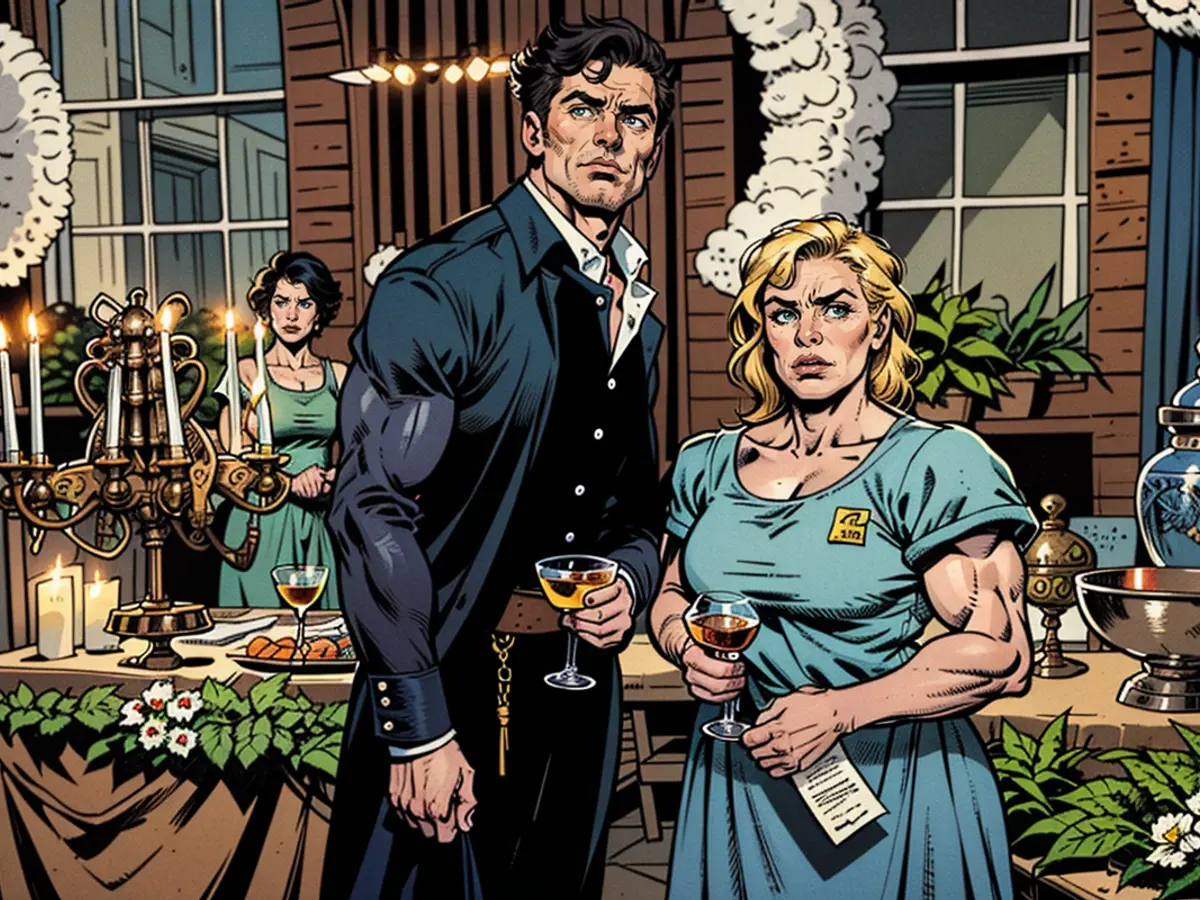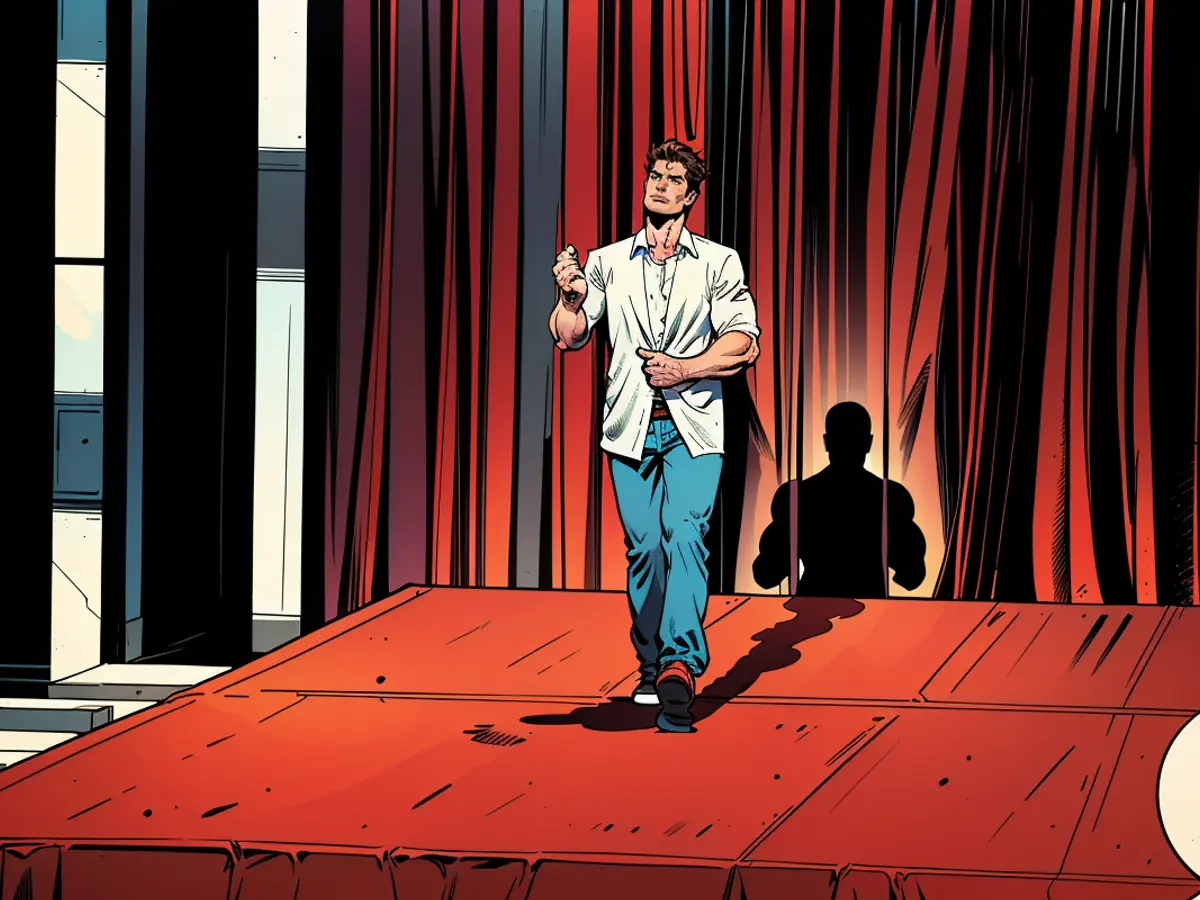Observing British films and TV programs while utilizing subtitles? It's not only you.
Nevertheless, even TV shows made in English elsewhere, like in the UK and Australia, can be a bit hard to decipher for Americans with their unique idioms and language differences. If you found yourself pausing occasionally to catch certain lines in Netflix's "Baby Reindeer," "Peaky Blinders," or "Bodkin," or Paramount+'s "Sexy Beast," know that you're not the only one.
Maybe that's why statistics reveal more individuals, particularly younger adults who are known for multitasking and watching TV with two screens, prefer watching shows in their native tongue with subtitles on.
A 2023 survey by YouGov found that about 40% of US respondents preferred to watch TV in a language they could understand with the subtitles switched on. This trend is significantly more noticeable among people below 30 years old compared to those between 45 and 64.
Respondents mentioned two main reasons for using subtitles: they improve comprehension, and they help in understanding regional accents.
As the most widespread streaming platform, Netflix has expanded to provide content from various regions worldwide. The company has noted this change in how people use its content and has increased the number of movies and series with audio descriptions for the deaf and hard of hearing (AD) and subtitles for the deaf and hard of hearing (SDH).
Kathy Rokni, Netflix's senior director of globalization, shared that the service has a team of "subtitling experts" and "language managers" to improve the viewer experience while staying true to the filmmakers' initial intent.
Rokni stated via email, "We believe great stories can cross boundaries, cultures, disabilities, and languages," adding that 40% of Netflix's viewers now watch shows with subtitles, and over half of them use these subtitles in their primary language.

This is a considerable departure from 1979 when the Australian film "Mad Max" was translated into American English due to concerns that Americans wouldn't understand the Australian accents.
British series have a long history in the US, with "Doctor Who" and "Masterpiece Theater" being perfect examples. But they typically catered to a limited audience and genre.
On the other hand, a growing number of imported shows, whether in English or other languages, are finding organic success in the US with little marketing or buzz. This growing trend implies that viewers are now actively exploring internationally made content on streaming platforms.
For streaming services, this is undoubtedly advantageous since the shows already made elsewhere are more cost-effective to acquire than producing their own original content, especially with both actors and writers strikes slowing down the process.
So, if the most remarkable show you've recently seen was one you found yourself reading along to, whether it was to improve your understanding or simply by preference, you're not alone.

Read also:
Despite the availability of original content, many viewers still opt to watch imported shows with subtitles for improved comprehension and understanding of regional accents. This trend is particularly prominent among younger adults who are multitaskers and frequent TV viewers.
The surge in popularity of foreign entertainment has also led streaming platforms like Netflix to increase their offerings of shows with subtitles and audio descriptions for accessibility purposes, showing that entertainment can transcend language barriers.







